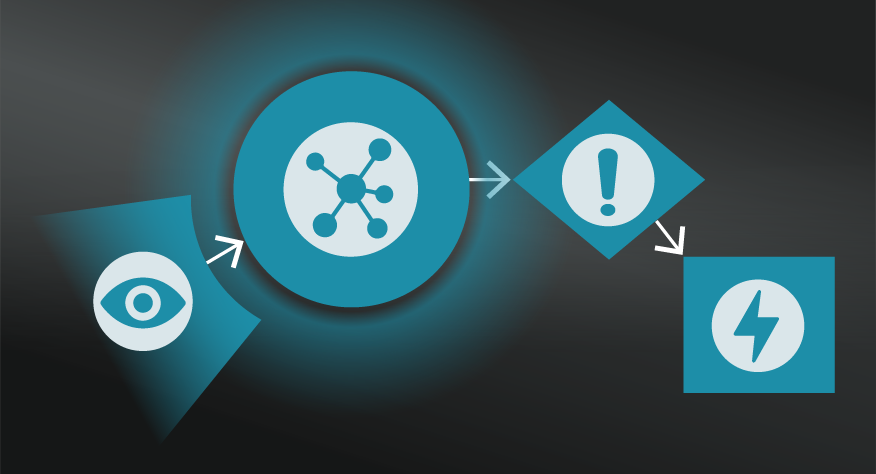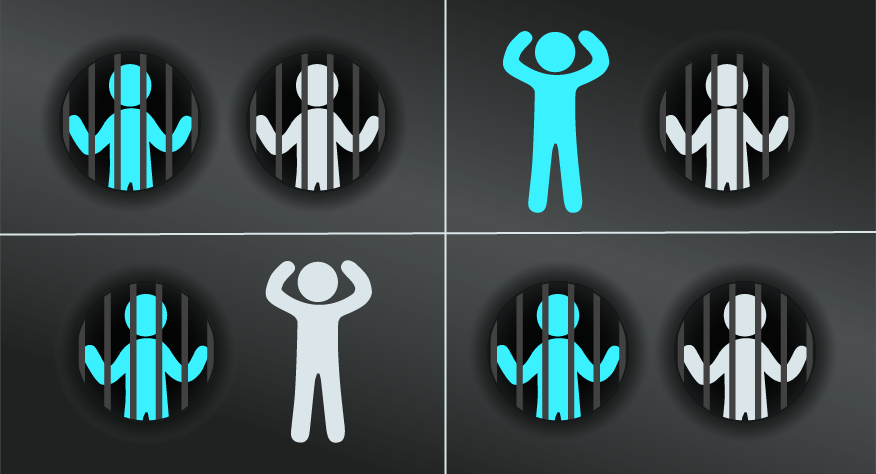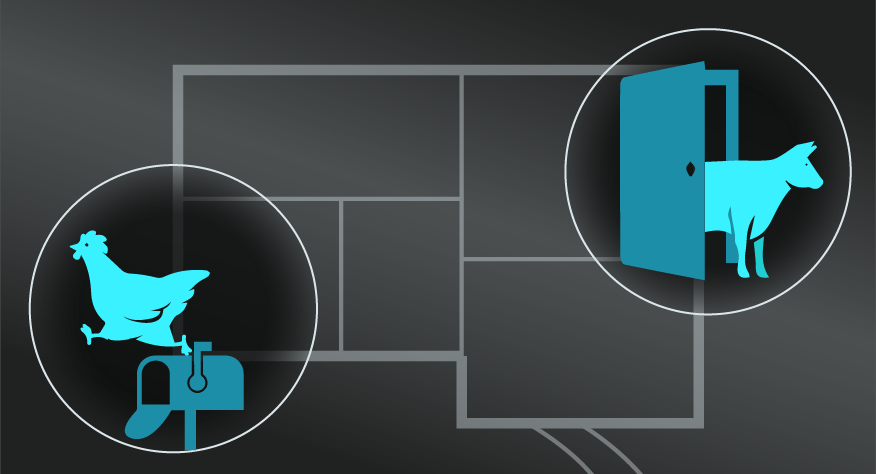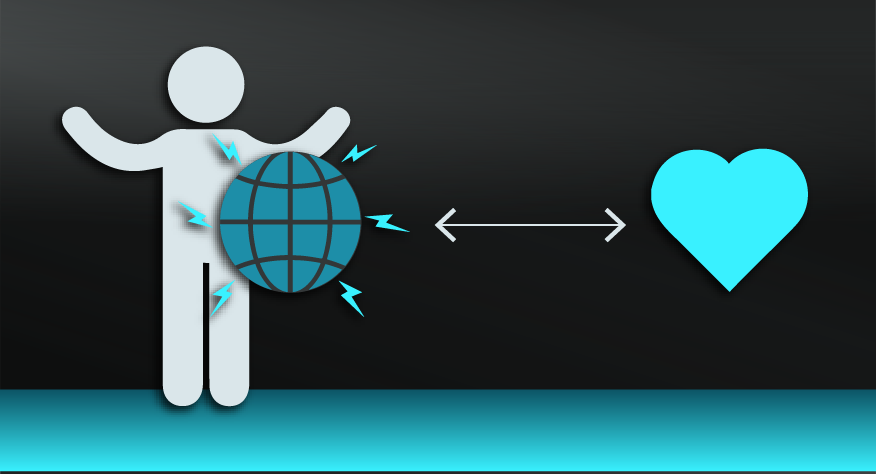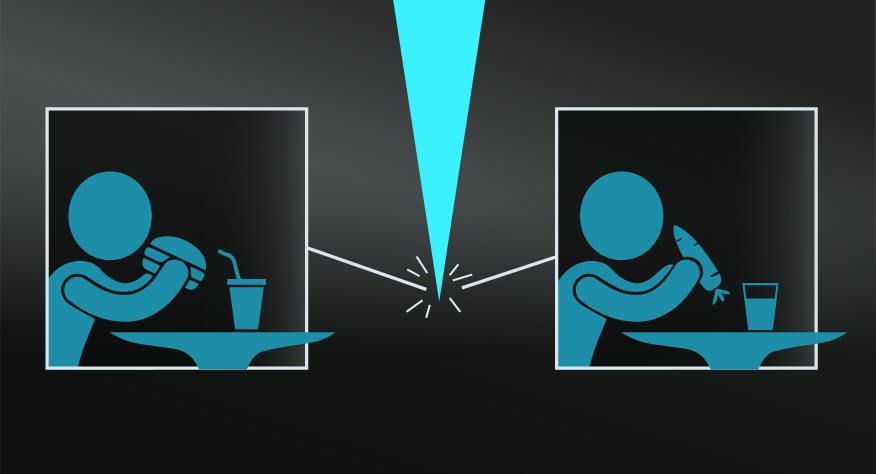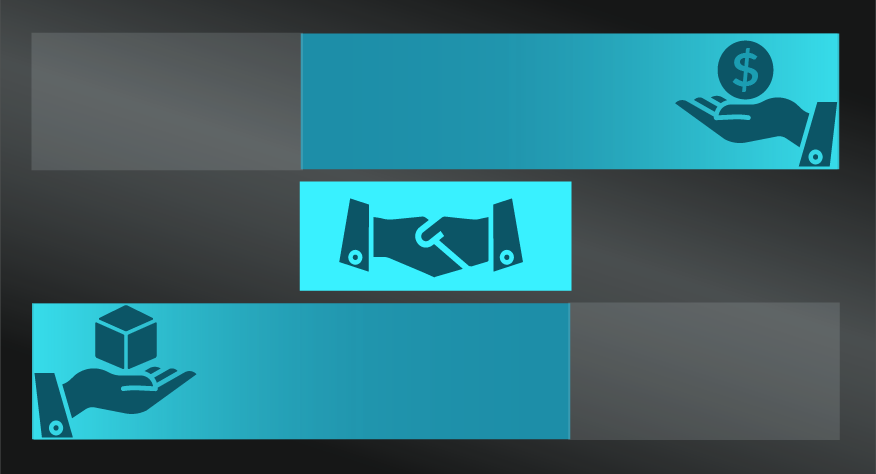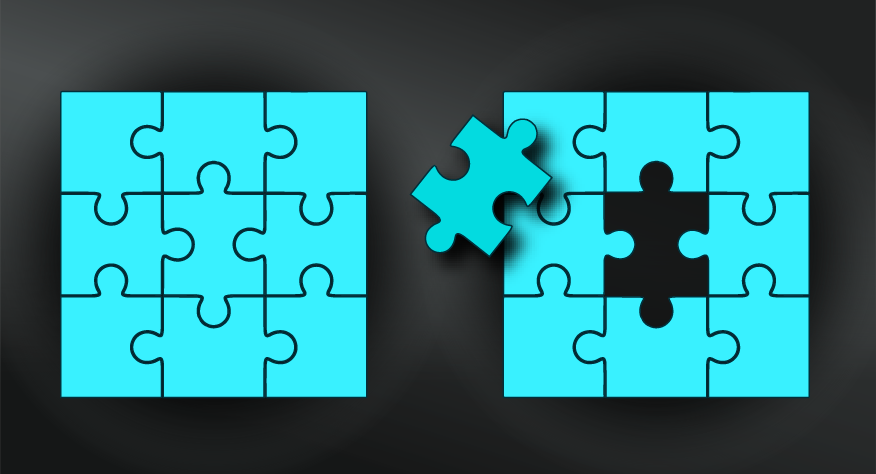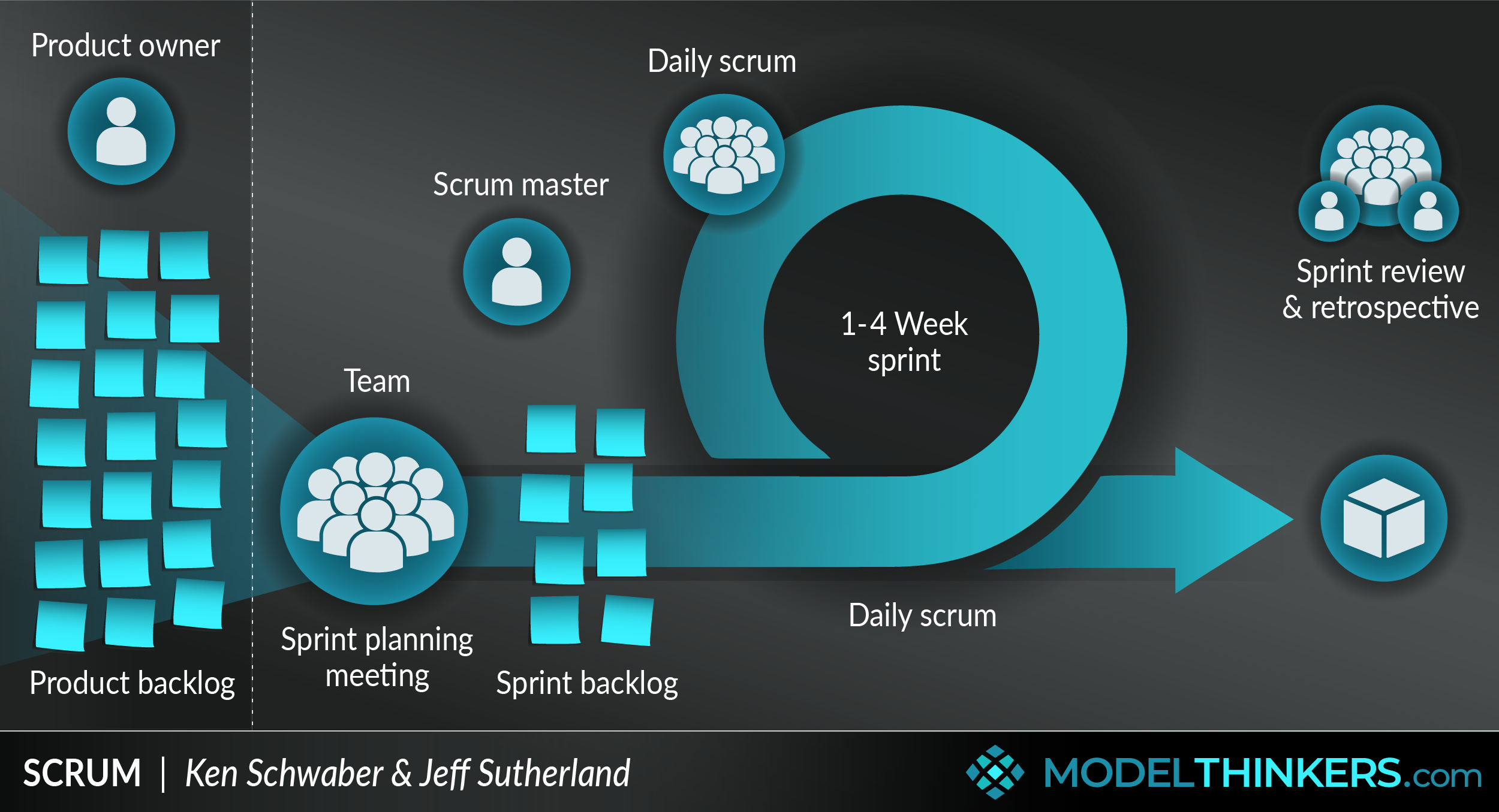
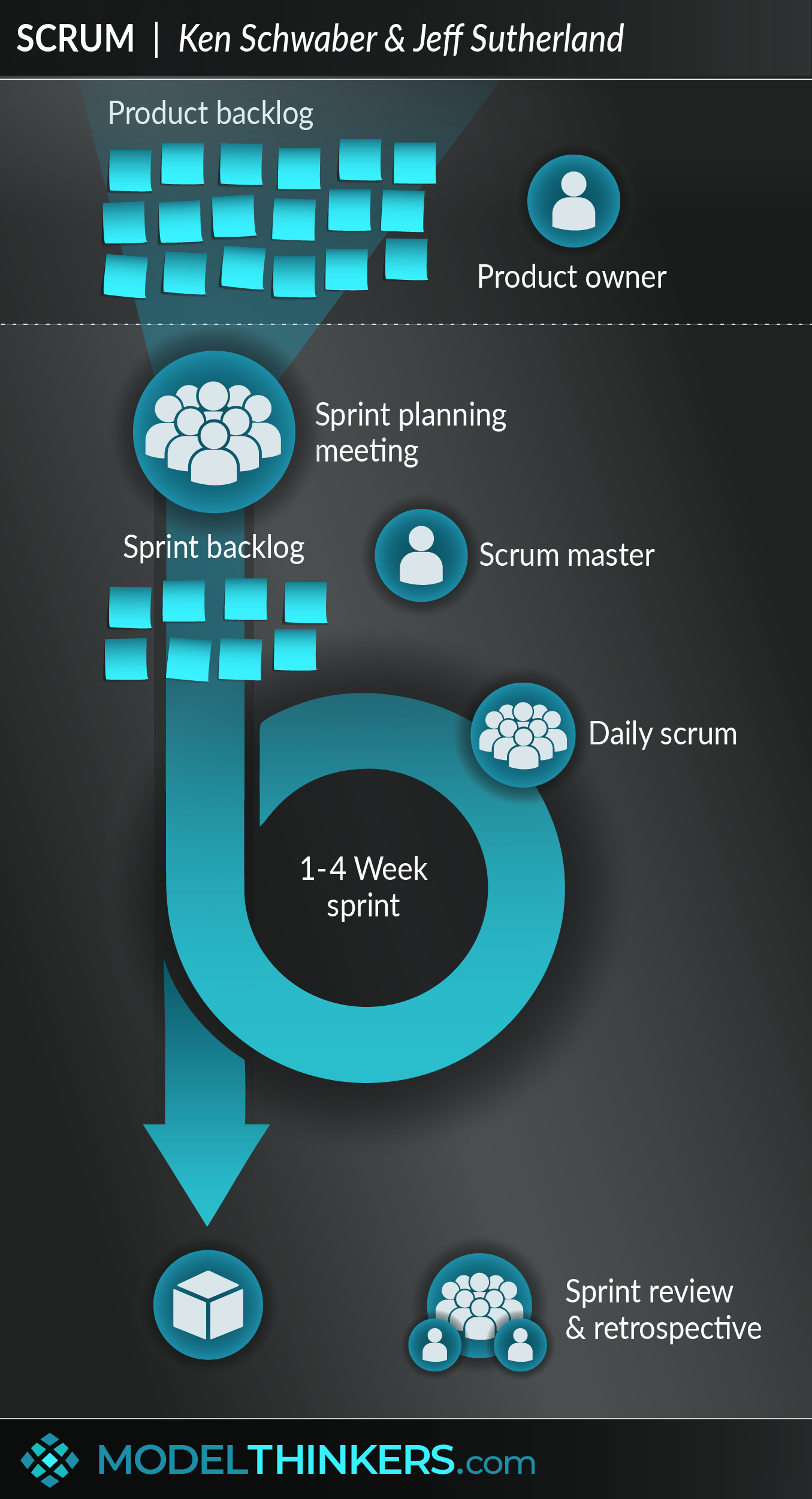
 0 saved
0 saved
 17.3K views
17.3K views








Want to implement Agile Methodology for your team but don't know where to start? Scrum has proven to be a popular choice.
Scrum is a framework within Agile Methodology that helps teams to collaborate through sprints, or timeboxed iterations, as they address complex problems.
SCRUM ROLES.
Scrum assigns two specific roles beyond the general team:
- Product owner (PO): who communicates the direction of product development based on a deep understanding of the ultimate customer and the needs of the organisation;
- Scrum master: who empowers the team to implement agile approaches, clears obstacles and ensures an environment that supports collaboration and performance. They are part agile coach, part facilitator and project problem solver.
SCRUM PROCESS.
The process starts with the development of a product backlog, which is a list of possible features that will contribute to the product. The features are often expressed as user stories, which are user-centric descriptions of functionality, commonly using the following structure: “as a [user persona], I [want to], [so that].”
The PO prioritises features to focus on for the next sprint, which lasts between 1 to 4 weeks and aims to take the set of features from an idea to a tested complete output. The scrum master empowers the team during the sprint and the output is demonstrated to the PO at the end of each sprint for feedback that informs future sprints and allows the team and product direction to improve and adapt as required.
SCRUM CEREMONIES.
Some of the ceremonies that are used during this process include:
- Sprint planning: involving the whole team in a discussion to determine the feasible number of prioritised features, established by the PO, that can be achieved in the upcoming sprint.
- Daily scrum: also known as stand-ups, these daily timeboxed meetings are intended to align team members and uncover dependencies or blocks. They consist of each team member quickly speaking to three points: ‘What did I work on yesterday? What am I working on today? What issues are blocking me?’
- Sprint review: these meetings are product-focused, they occur at the end of each sprint and allows team members, including the scrum master and PO, to review and gain feedback on the work completed.
- Sprint retrospective: these meetings are process-focused, they generally occur right after a sprint review and consider what went well in the sprint, what might be improved, and how can the team make those improvements.
As you can see, relatively simple ideas but potentially complex to implement, especially for traditional waterfall teams, so ideally you'd leverage experienced Agile Scrum practitioners to embed it into your team.
IN YOUR LATTICEWORK.
Scrum, similar to Kanban, can be viewed as a subset of Agile Methodology. Though Scrum often incorporates Kanban boards as part of the planning and prioritisation process.
The iterative cycles within Scrum could be seen to be inspired by the Scientific Method and are based on a series of Feedback Loops to better deliver value. The sprints themselves draw on Parkinson's Law, via the use of Timeboxing.




- Assign a scrum master and product owner.
An informed scrum master who is able to support an agile approach is crucial in teams beginning to adopt an agile approach. Similarly, the product owner must have an understanding of customer and stakeholder needs along with the authority to make decisions about the product direction.
- Create and prioritise a product backlog.
Creating a backlog of possible features that will create the product is an important starting point. The iterative nature of scrum means that some of these features might be updated or even put aside. The PO will prioritise these features and therefore define the focus of each sprint.
- Use the ceremonies.
Scrum relies on strong collaboration, transparency and iterative learning to continually adapt and improve both the sprint process and the product itself. Crucial to this are the ceremonies of sprint planning to scope the upcoming sprint; daily standups to stay on track, and sprint reviews and retrospectives to enable continuous improvement.
A common criticism of scrum, along with other agile methods, is the cost of transition. These approaches represent a considerable mindset and cultural shift, beyond simply learning the rituals, so to properly realise gains from them takes considerable investments and even disruption to an organisation and teams that are already set in more traditional ways.
There is some criticism of scrum about the cadence and frequency of meetings — though a scrum master should be monitoring this and ensuring that such meetings are timeboxed, stay on track and actually contributing to the team and/or product.
Another challenge lies beyond software development when Scrum is applied to other industries, it might be difficult to complete a defined piece of work within a sprint.
The final criticism levelled at scrum is the possible tendency for some team members to outsource the big picture view to the PO, leaving them focused on tasks without considering the why, or how it all fits together. That is the risk of team members taking a mechanical approach to complete their tasks, rather than keeping the customer in mind and considering how to deliver value for them. This can obviously be countered, particularly through lively sprint reviews.
Mayden in the health sector.
The ScrumAlliance describes the case study of Mayden, a UK app development company working in the healthcare sector. They had originally adopted a ‘flexible waterfall’ approach to project management but found this restrictive in the face of short priority developments and a culture where individuals would complete long term projects in isolation.
This case case is a vendor driven story, so might be approached with some skepticism, the claimed benefits of an agile transformation included reduced lead times; increase skills coverage across the team; empowered staff and increased code quality.
Early Intel transition.
This case study describes the Intel transition to scrum in 2008. It provides a detailed view into the journey the product development engineering group within Intel went through in shifting the culture from what was described as a ‘command and control’ approach to a self-organising and adaptive one.
Scrum is part of agile methodology, and sits along side kanban as a popular way organisations are adapting and delivering faster and more targeted value to customers.
Use the following examples of connected and complementary models to weave scrum into your broader latticework of mental models. Alternatively, discover your own connections by exploring the category list above.
Connected models:
- Agile methodology: this sits as an umbrella over kanban and scrum.
- Kanban: often used in parts with scrum, so scrum teams use a kanban board to organise sprints.
- Feedback loops: sprints are organised to provide constant feedback loops from product owners.
- Scientific method: the founders of scrum reference empirical investigation and the scientific method as influences.
- Compounding: in the iterative approach to development.
- Black box thinking: in creating loops of feedback and learning:
- Parkinson’s law: in timeboxing work through sprints and meetings.
Complementary models:
- The golden circle: supporting clear direction for the PO and team, and potentially a flexibility in the product direction.
- Split testing & A/B testing: possibly using sprint to test two diverse approaches rather than just iterating in the same direction.
- Critical mass/ tipping point: identifying when a product and development has greater momentum.
Scrum’s origins can be traced back to this article in 1986 HBR article entitled The New New Product Development Game, by Hirotaka Takeuchi and Ikujiro Nonaka, which described their experiences and learning in a manufacturing context.
Ken Schwaber and Jeff Sutherland are credited with developing scrum as they adopted and built upon those principles in the 1990s, culminating in their contribution to the Agile Manifesto in 2001.
For more on scrum on ScrumGuides which is maintained by Schwaber and Sutherland.
 My Notes
My Notes
Oops, That’s Members’ Only!
Fortunately, it only costs US$5/month to Join ModelThinkers and access everything so that you can rapidly discover, learn, and apply the world’s most powerful ideas.
ModelThinkers membership at a glance:






“Yeah, we hate pop ups too. But we wanted to let you know that, with ModelThinkers, we’re making it easier for you to adapt, innovate and create value. We hope you’ll join us and the growing community of ModelThinkers today.”





